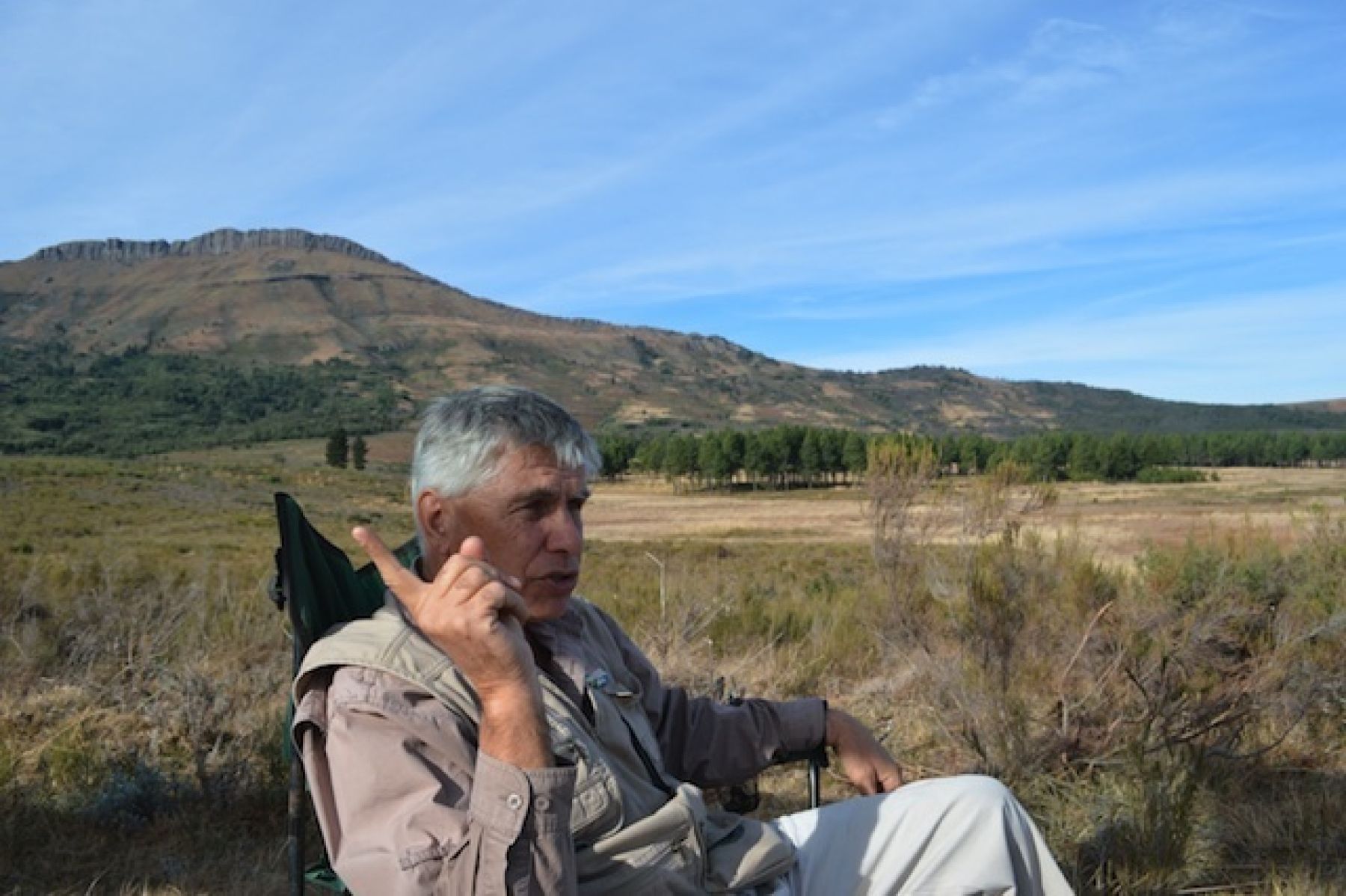On the red-eye from Cape Town to East London on a Wednesday morning, I wasn’t really sure what to expect from my first “educational” with South African Tourism (SAT).
My initial thoughts were that it was an ambitious itinerary. Entitled “People, places, perspectives – an Eastern Cape Landscape”, we were going to visit historical sites, Xhosa villages, go on a boat ride up the Qolora River, traverse the Hogsback, view battlefields and mission stations … all in three days.
But that was before I met tour guide Rob Prentis, who was waiting for me at arrivals, grey-haired and neatly clad in a guide’s uniform.
We had about an hour to kill before Bontle and Abby from the SAT team arrived from Johannesburg, so Rob led the way to the Wimpy upstairs. Weaving his way through the restaurant’s tables, Rob greeted several people along the way.
“I used to be a headmaster,” he explained. “I taught most of these people or their children.”
This was to be a recurring theme throughout our trip. Wherever we went, Rob ran into former students, parents of children and even long-lost relatives.
An English, history and remedial teacher and principal, Rob’s educational career took him from Queenstown to Cape Town, Port Elizabeth and East London, where he spent 20 years at Hudson Park as a teacher and principal of the primary school.
At the age of 60, he decided on early retirement and started a guiding business, which combined his love of the back roads, history and literature. Eight years on, he is still going strong, and we quickly realised how fortunate we were to be guided by him.
From the outset, Rob set a cracking pace. First he whisked us around East London, the “10-minute town”, he explained, because everything is within 10 minutes’ drive. Past the Mercedes plant, the harbour, the Hero’s Acre and up to a viewing site over the Nahoon River, where he had a barge trip lined up for us. Here, he told us that he would sometimes surprise courting couples and once heard a voice say: “Chips, it’s Mr Prentis.” (You can never quite shake off the effect of having been a headmaster!)
We soon realised that Rob was a gifted storyteller. Whether he was telling us anecdotes about his East London childhood with its pre-school fishing trips and treehouse sleep-outs, or, more profoundly, weaving together a narrative about the Eastern Cape’s frontier wars, now known as the Wars of Dispossession that took place over 100 years.
As we drove from the coast towards the Hogsback, he sketched a history that turned from a fight over resources to racial wars, which sparked off terrible atrocities committed on both sides.
Rob would pick up a thread of the story in one location, and bring us back to it later in quite a different place. Here, for instance, was where the Lady Kennaway was wrecked on the East London beachfront, after bringing a consignment of Irish girls to marry German settlers.
Here, inland at St Matthews Mission, was where the bell that had been salvaged from the Lady Kennaway once hung. Here, too, was the former home of Tiyo Soga, an early African intellectual who translated Pilgrim’s Progress into Xhosa and who was vilified for marrying a Scotswoman.
Here, in the mission stations of the Eastern Cape, was where many of South Africa’s great leaders were educated, among them Nelson Mandela, whose protracted illness was casting a long shadow across the country.
As the tour drew to a close, it was clear to me how much thought Rob had put into this tour, how much he had brought his considerable experience, his enthusiasm, his gift of the gab, his wisdom, to bear on our “educational”.
Not only had he shown us the beauty and, in parts, the devastation of the Eastern Cape, but he had also shown us some amazing back roads, unique places and people. He’d married landscape to history and literature, and most importantly, illustrated just how far we’d come.
Spiritual in parts, moving in others, fun throughout and educational in the best sense of the word.

